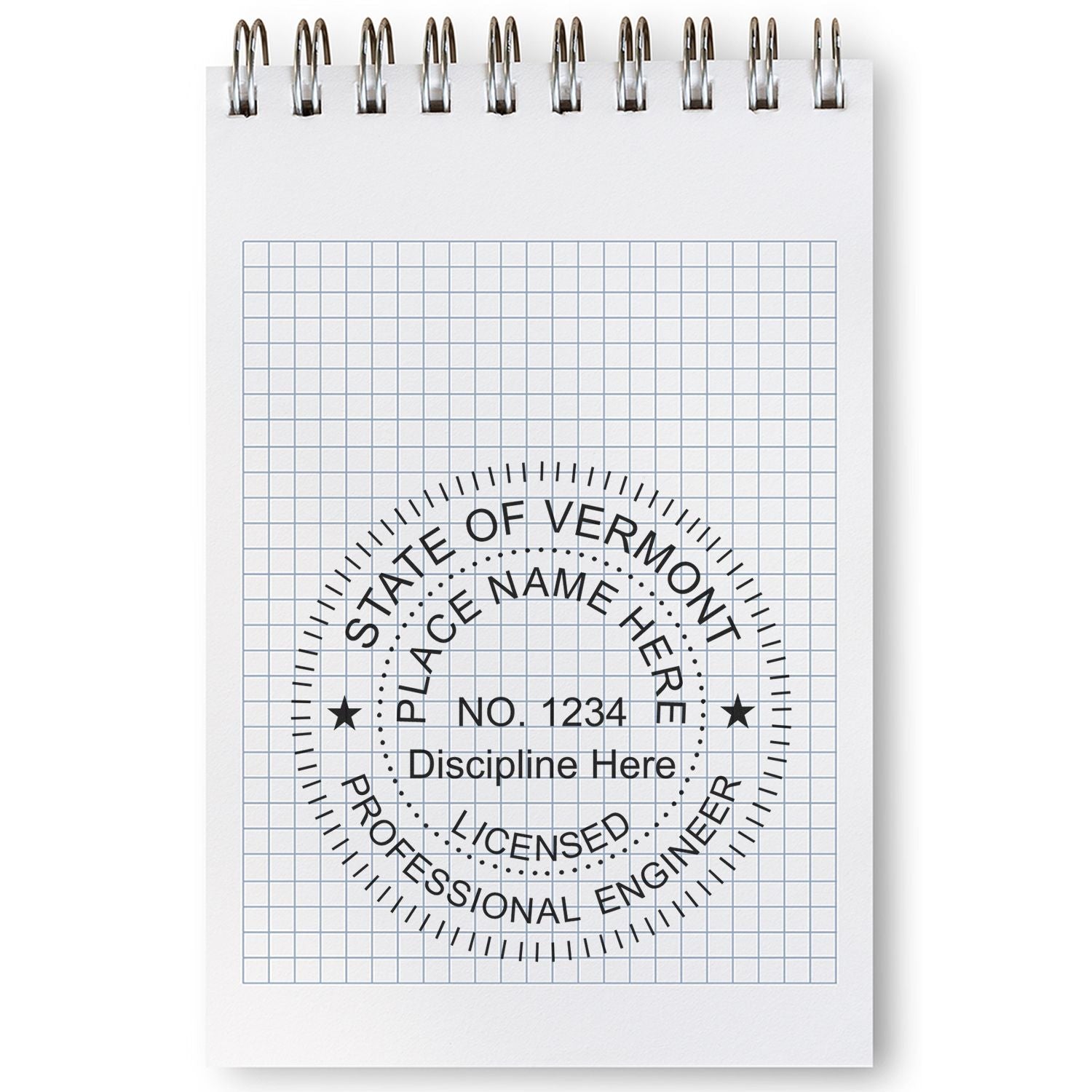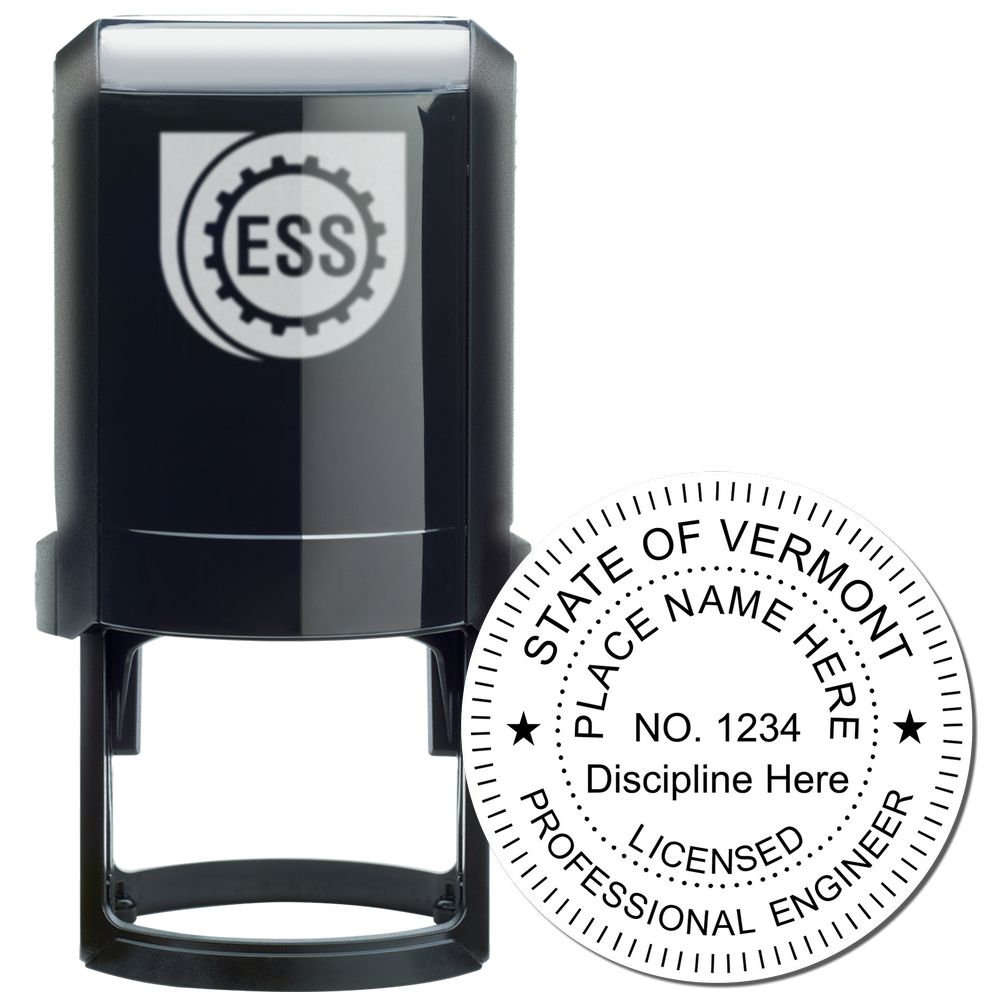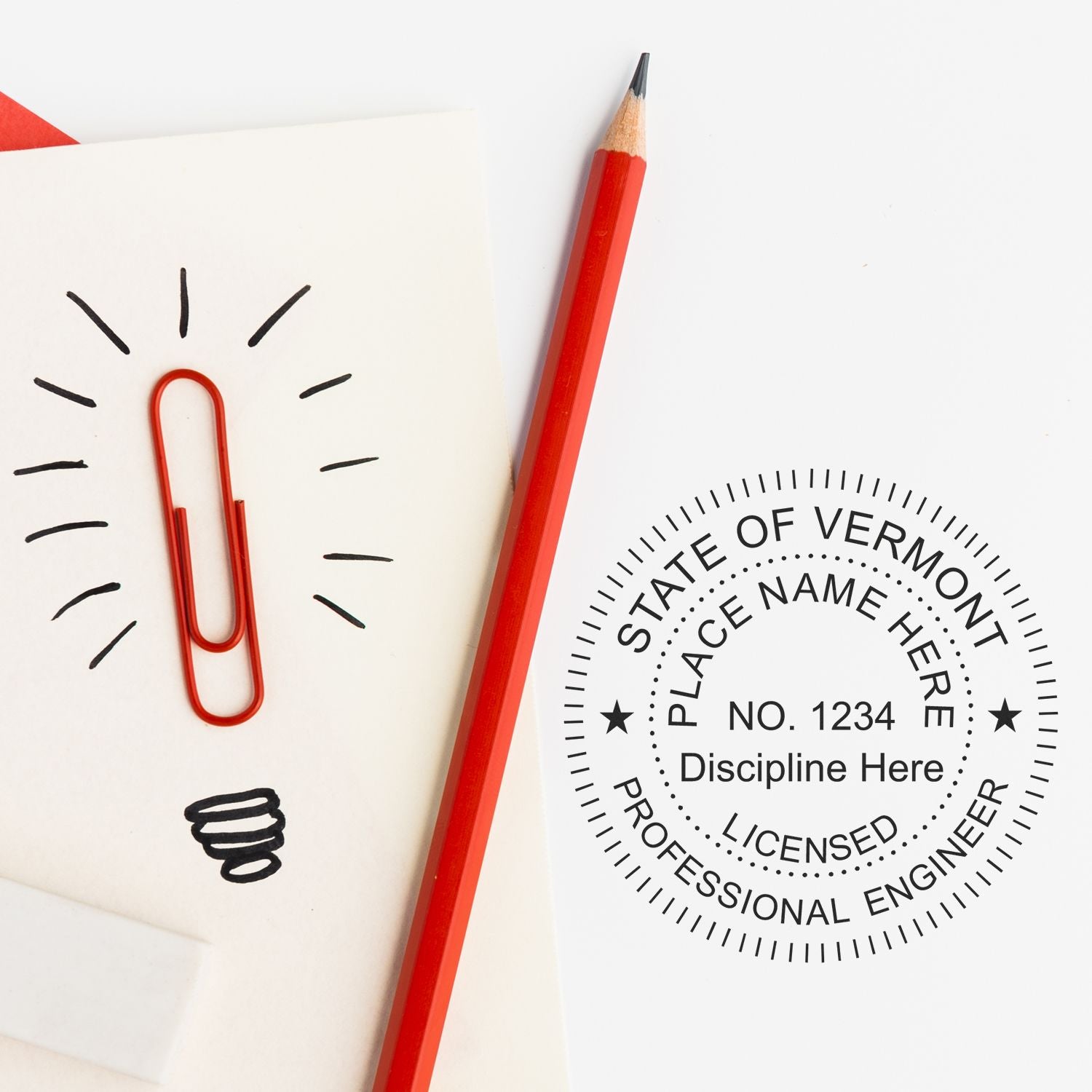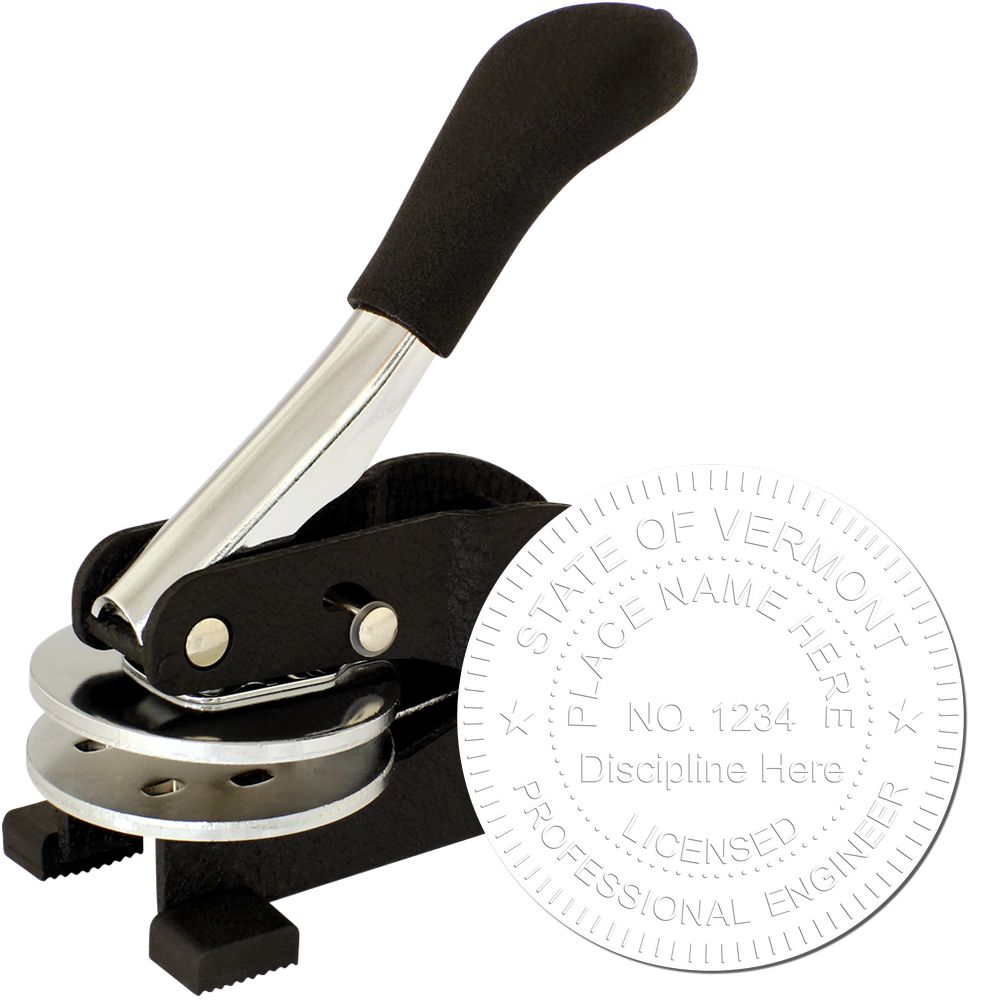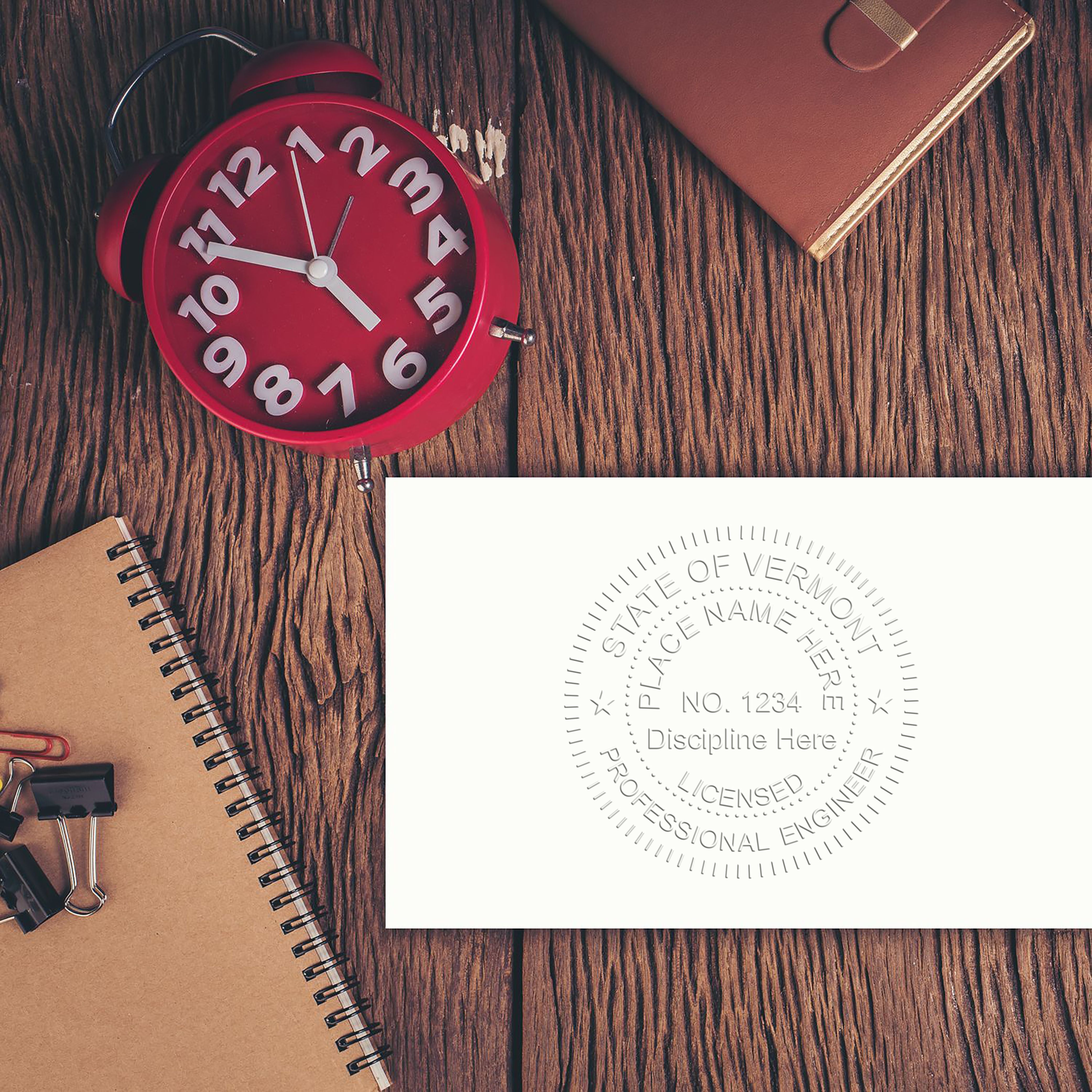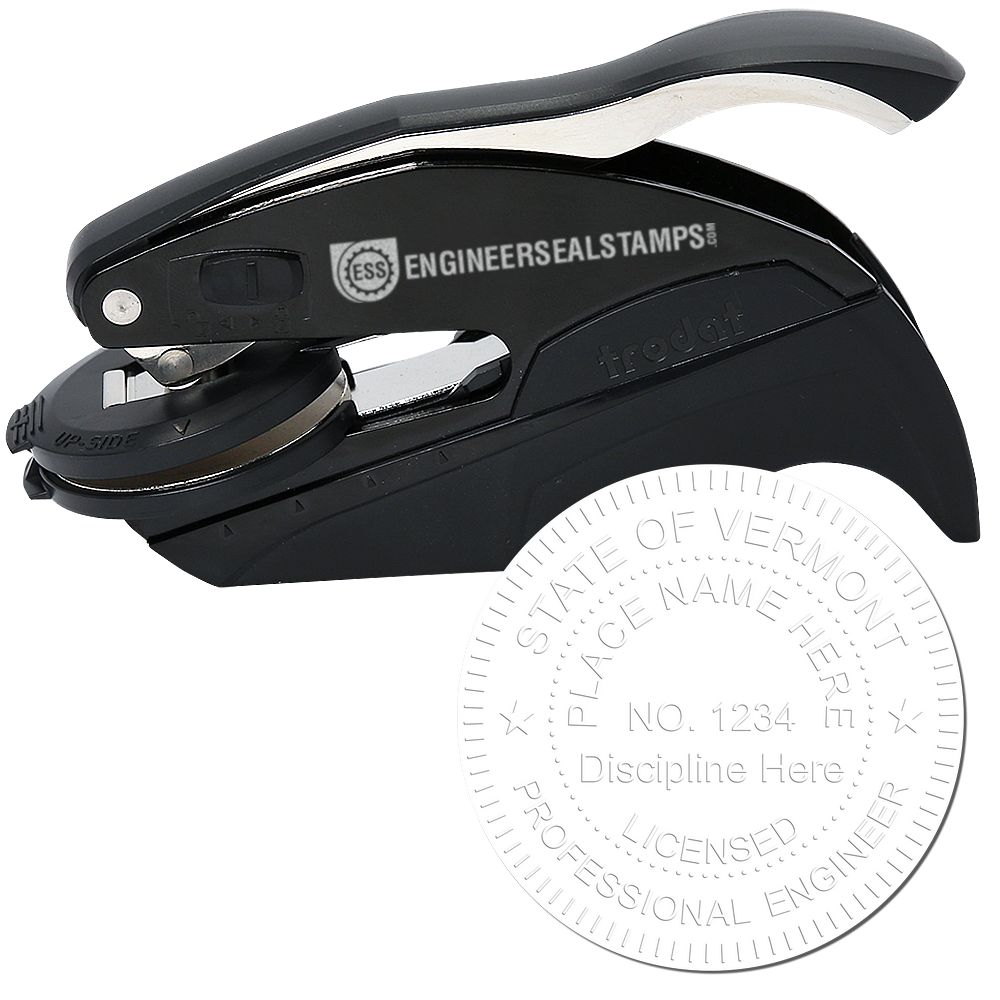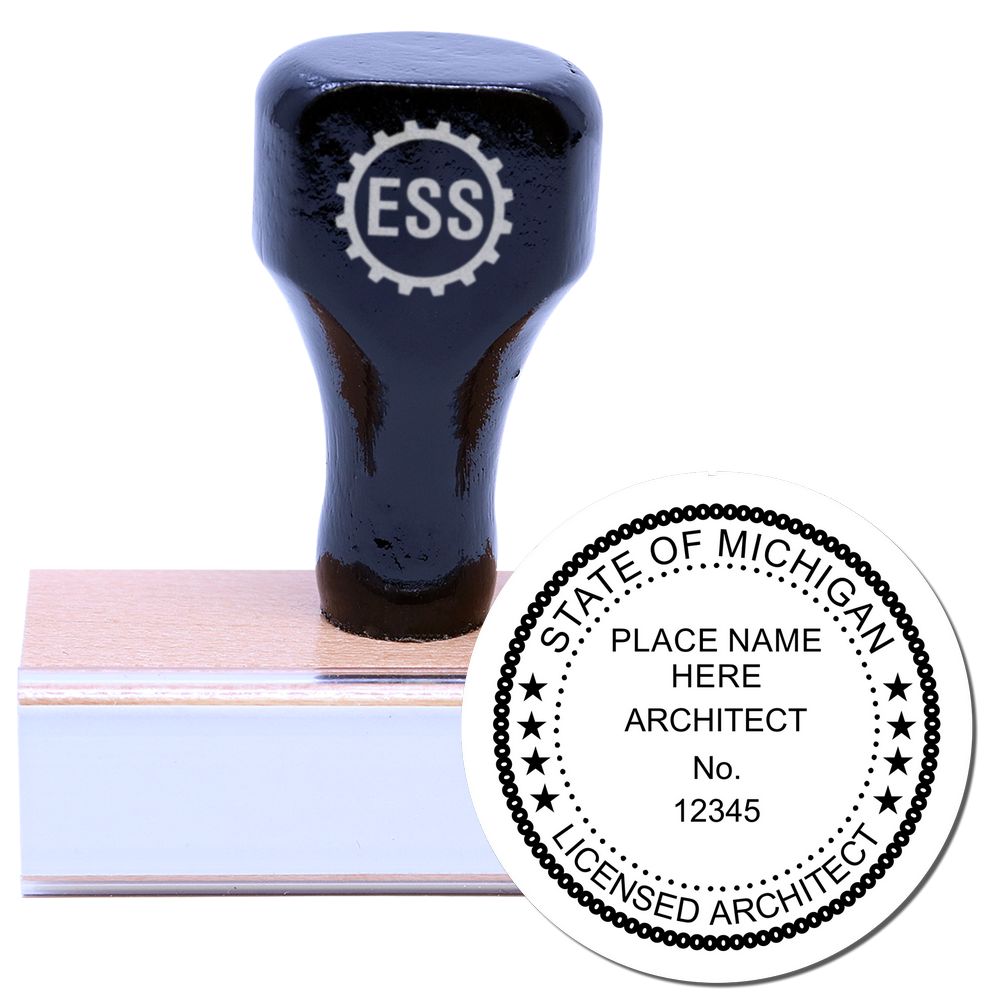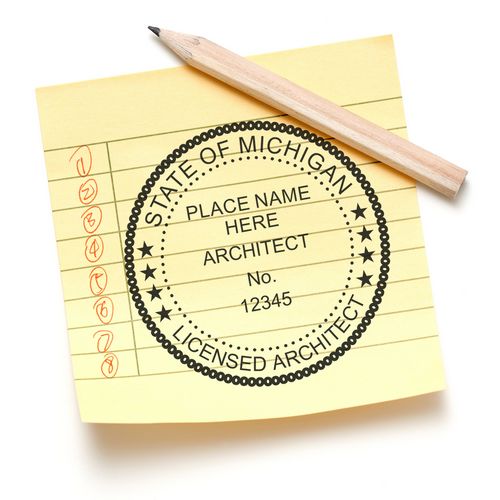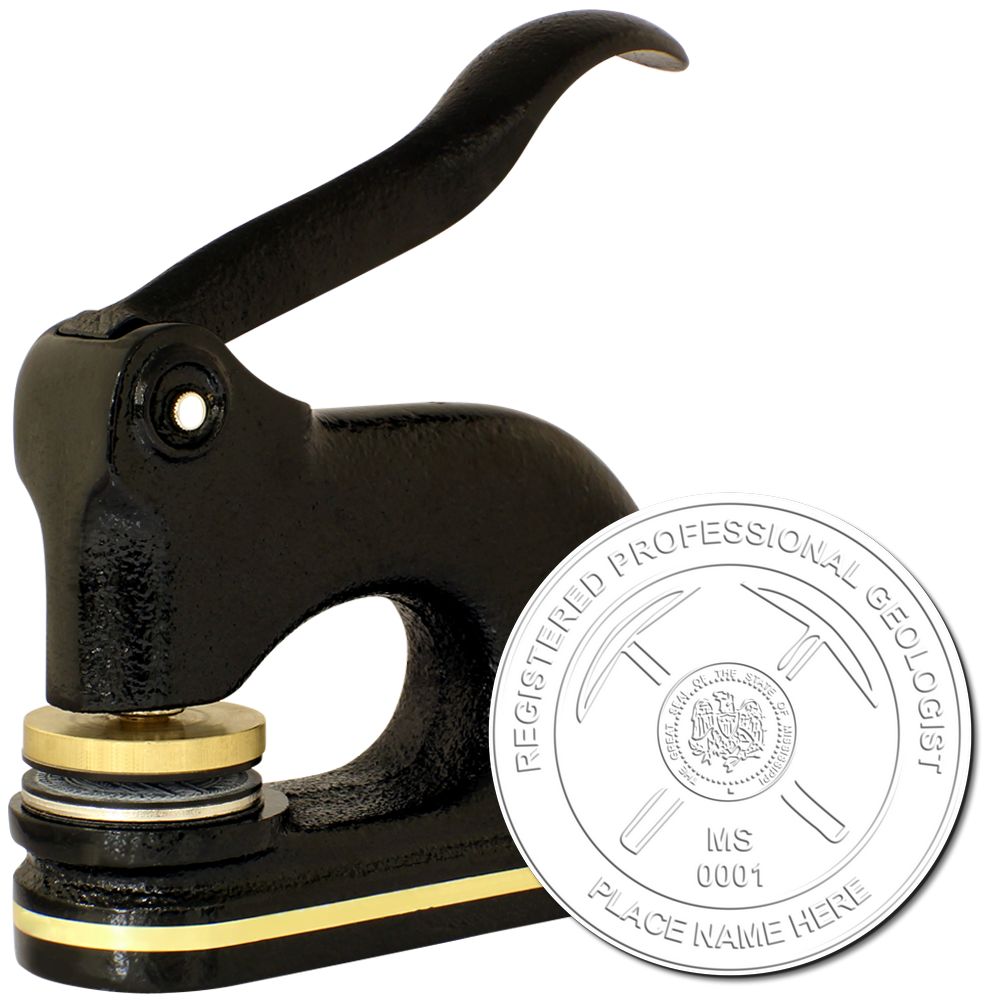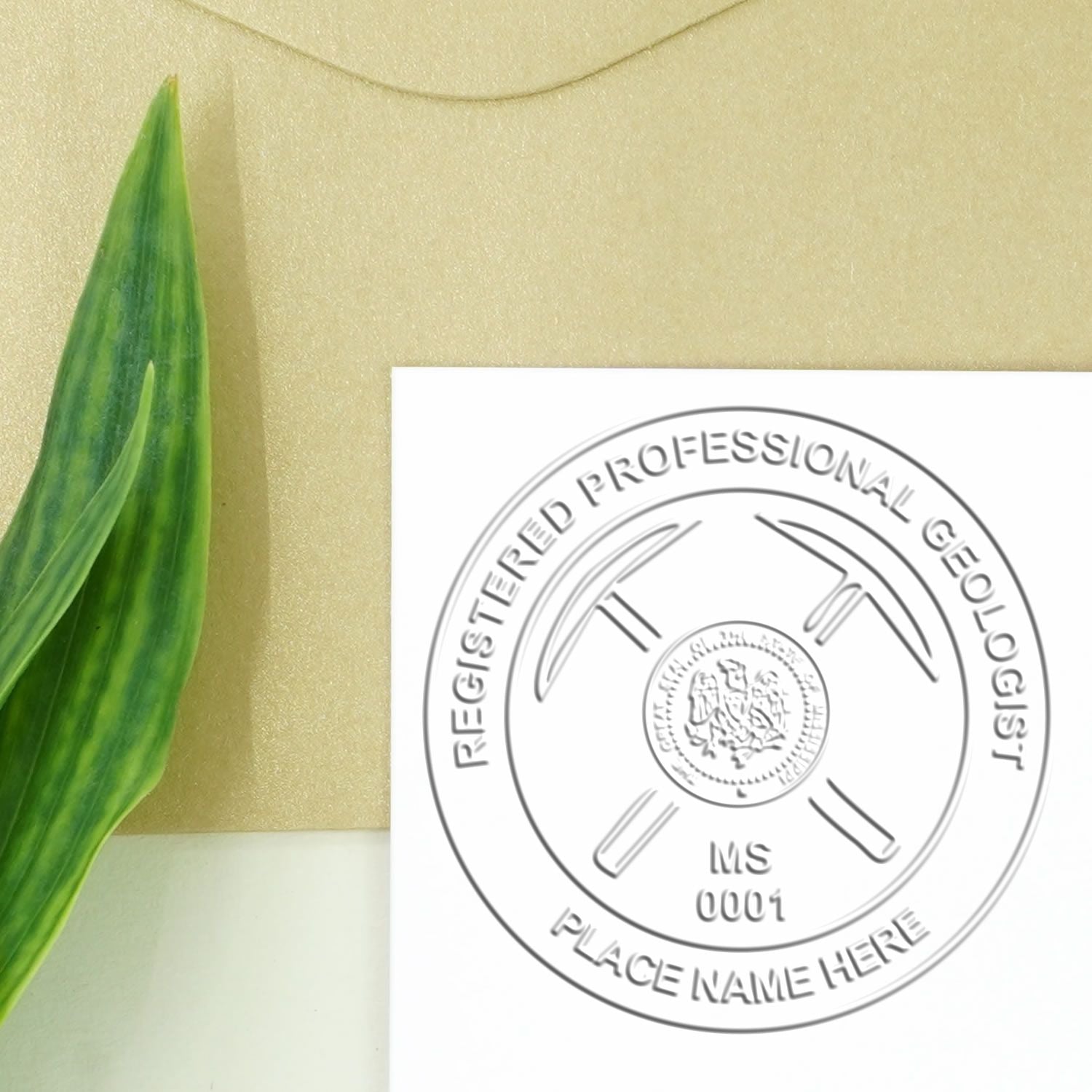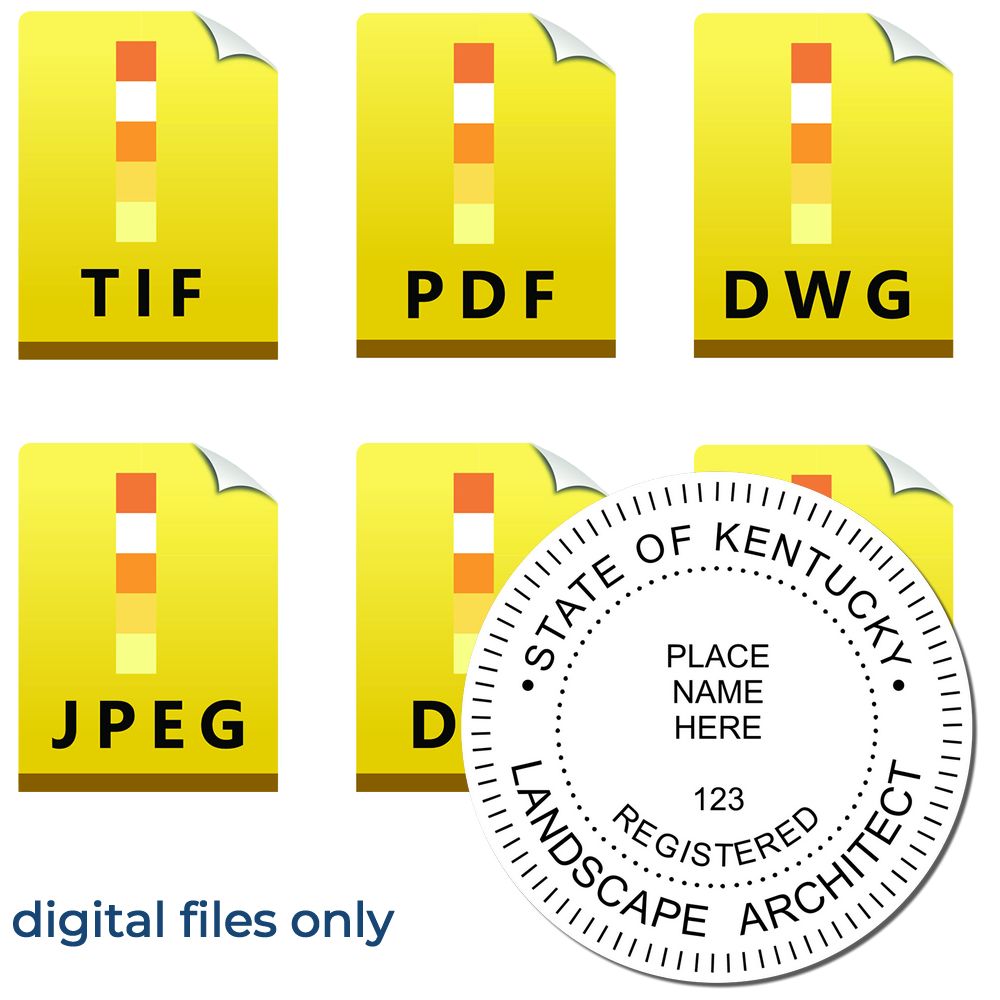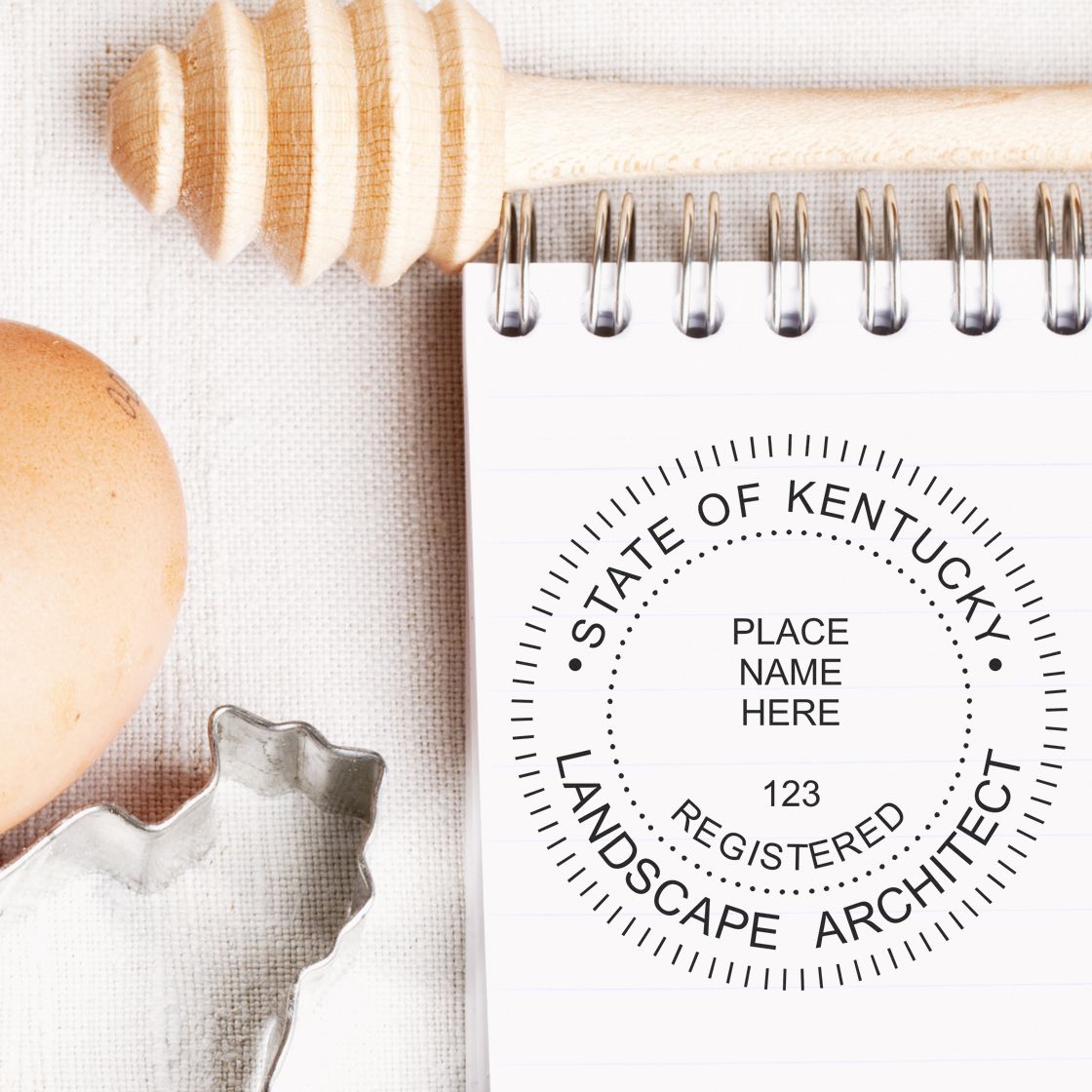Understanding the Vermont Engineering Board
The Vermont Engineering Board plays a crucial role in regulating and overseeing engineering practices within the state. It ensures that engineers meet the necessary qualifications and adhere to professional standards. This section provides an introduction to the Vermont Engineering Board and explores its role and responsibilities.
Introduction to the Vermont Engineering Board
The Vermont Engineering Board is a regulatory body established to protect the public by ensuring the competency and ethical conduct of engineers practicing in Vermont. It operates under the Vermont Secretary of State's Office and works in collaboration with the Vermont Office of Professional Regulation.
The board is responsible for licensing professional engineers (PEs) and enforcing the laws and regulations related to engineering practices within the state. It sets the standards for engineering education, experience, and examination requirements necessary for obtaining a Professional Engineer (PE) license in Vermont.
Role and Responsibilities of the Vermont Engineering Board
The Vermont Engineering Board has several key responsibilities:
-
Licensure: The board evaluates applications for PE licensure and grants licenses to individuals who meet the eligibility criteria. They ensure that licensed engineers possess the necessary qualifications and competence to practice engineering safely and effectively.
-
Regulations and Compliance: The board establishes rules and regulations governing the engineering profession in Vermont. These regulations aim to maintain high professional standards, protect public safety, and uphold ethical conduct within the industry. It is essential for engineers to stay updated with the Vermont engineering regulations.
-
Continuing Education: The board promotes professional development and lifelong learning by requiring licensed engineers to participate in continuing education activities. This ensures that engineers stay up-to-date with advancements in their field and maintain their competence.
-
Investigations and Disciplinary Actions: The board investigates complaints against licensed engineers and takes appropriate disciplinary actions if necessary. This helps to maintain the integrity of the profession and protect the interests of the public.
-
Reciprocity and Comity: The board evaluates applications from engineers licensed in other states seeking reciprocity or comity in Vermont. This process allows qualified engineers from other jurisdictions to practice in Vermont without undergoing the full examination requirement. For more information on reciprocity, refer to our article on vermont engineering license.
By fulfilling its role and responsibilities, the Vermont Engineering Board ensures that engineers in the state meet the highest professional standards, protecting the public's safety and welfare. If you have any specific questions or need further assistance, it is recommended to reach out to the Vermont Engineering Board directly through their official website or contact information.
In the next section, we will delve into the specific requirements and criteria for obtaining a Vermont PE stamp, which is an essential component for practicing engineering in the state.
Vermont PE Stamp Requirements
To obtain a Professional Engineer (PE) stamp in Vermont, there are specific requirements that must be met. These requirements ensure that individuals who hold a PE stamp have the necessary education, experience, and qualifications to practice engineering in the state.
Eligibility Criteria for Obtaining a Vermont PE Stamp
To be eligible for a PE stamp in Vermont, individuals must meet certain criteria set by the Vermont Engineering Board. The primary eligibility requirements include:
-
Education: Applicants must have a bachelor's degree in engineering from an accredited program or a degree in a related field that is acceptable to the Board. The degree should demonstrate the necessary knowledge and skills in engineering.
-
Experience: Candidates must have a minimum of four years of progressive engineering experience. This experience should be relevant to the branch of engineering in which licensure is sought.
-
Ethics: Applicants must demonstrate good moral character and ethical conduct. This includes complying with the rules and regulations set forth by the Vermont Engineering Board.
Save 20%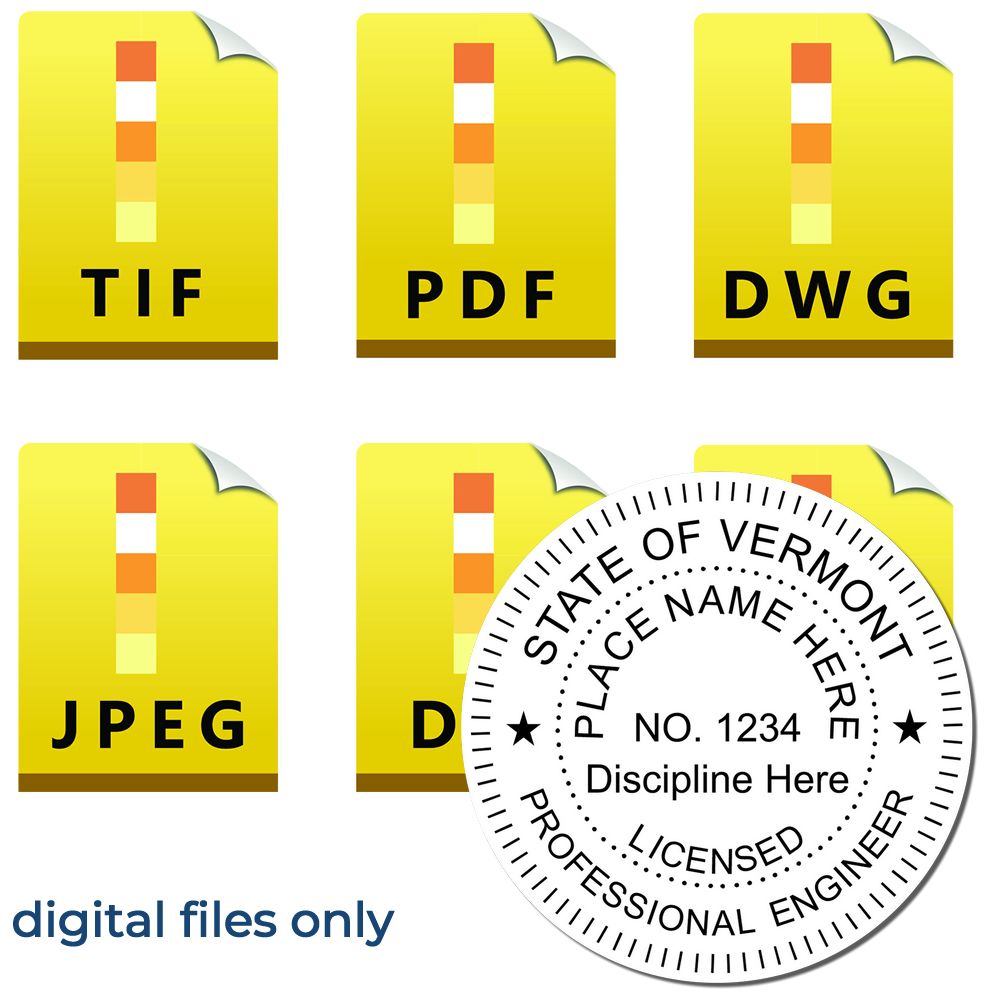
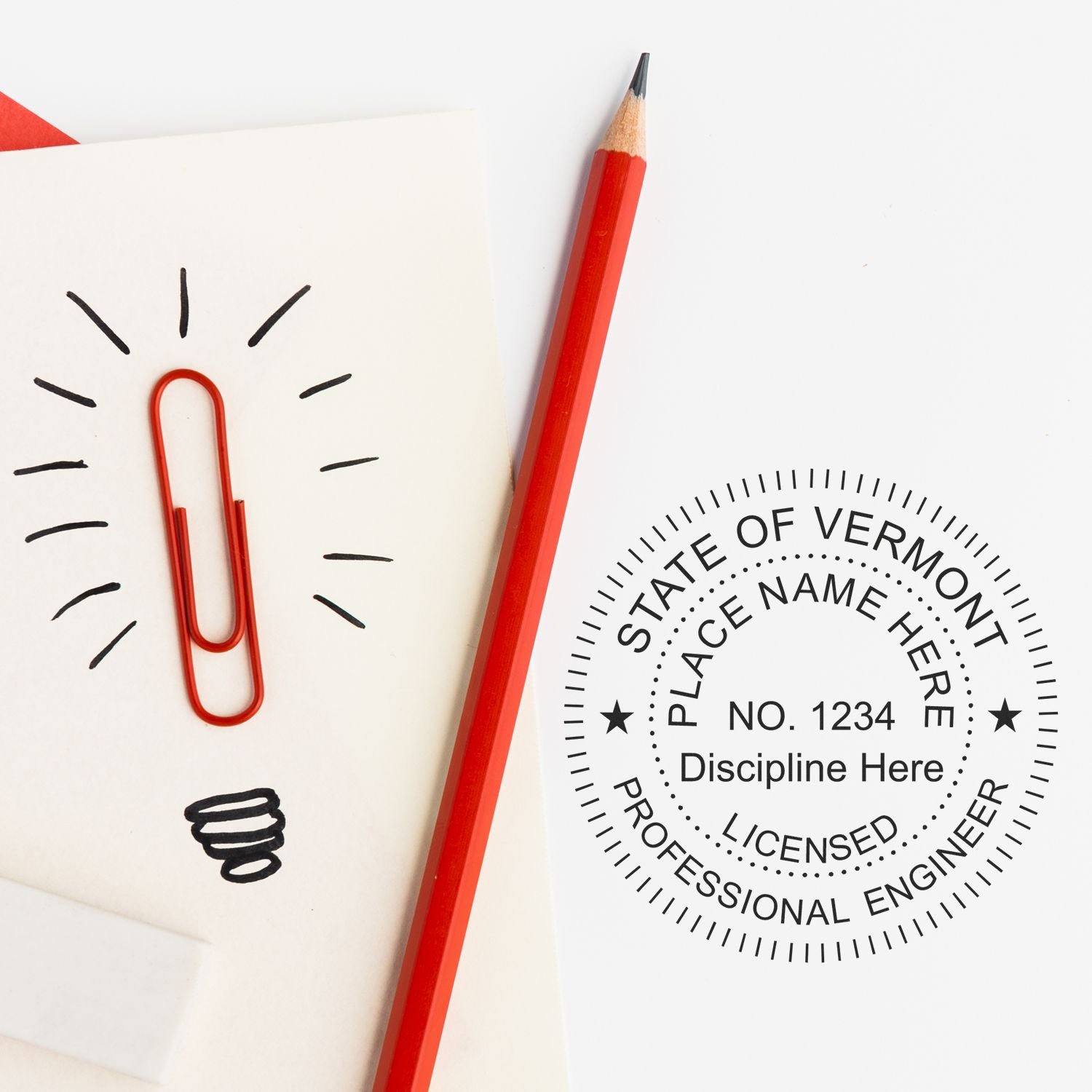 Digital Vermont PE Stamp, Electronic Seal for Vermont Engineer, 6 Files3008ENG-VTSale price$20.00 Regular price$25.00Save 22%
Digital Vermont PE Stamp, Electronic Seal for Vermont Engineer, 6 Files3008ENG-VTSale price$20.00 Regular price$25.00Save 22%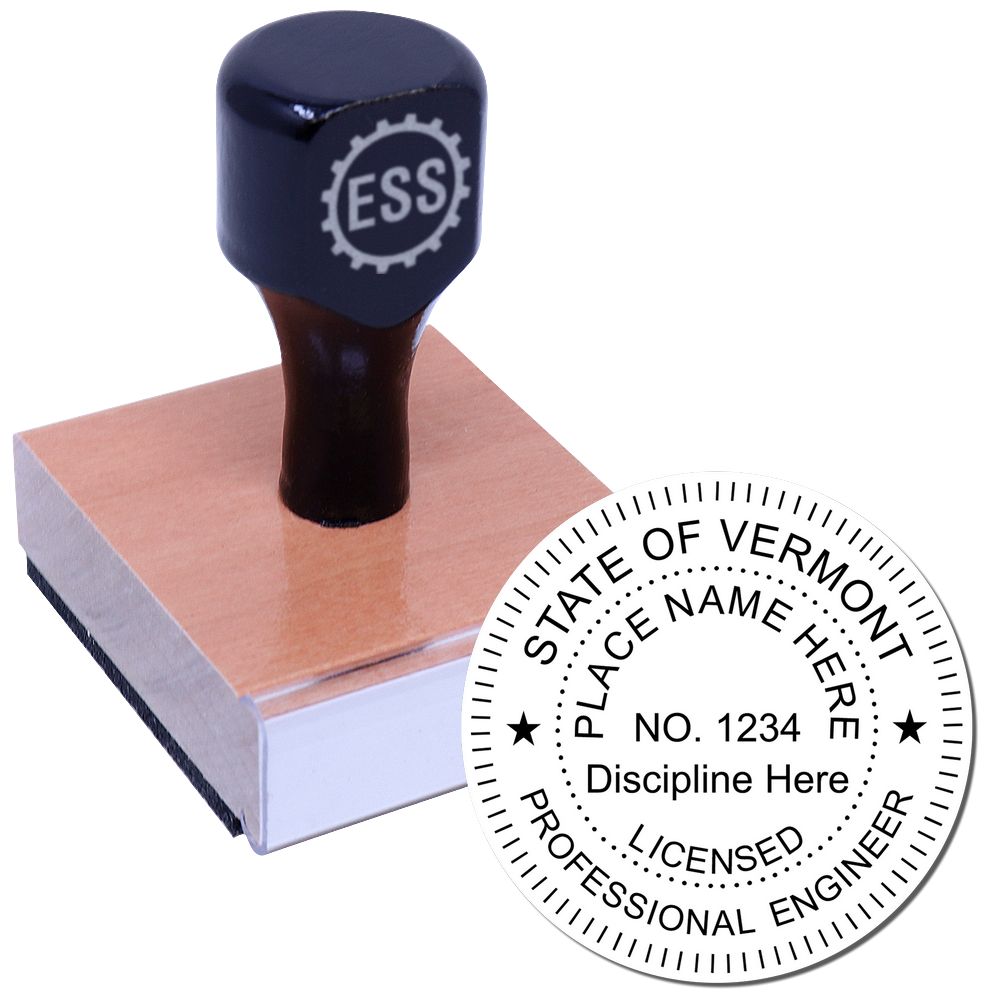
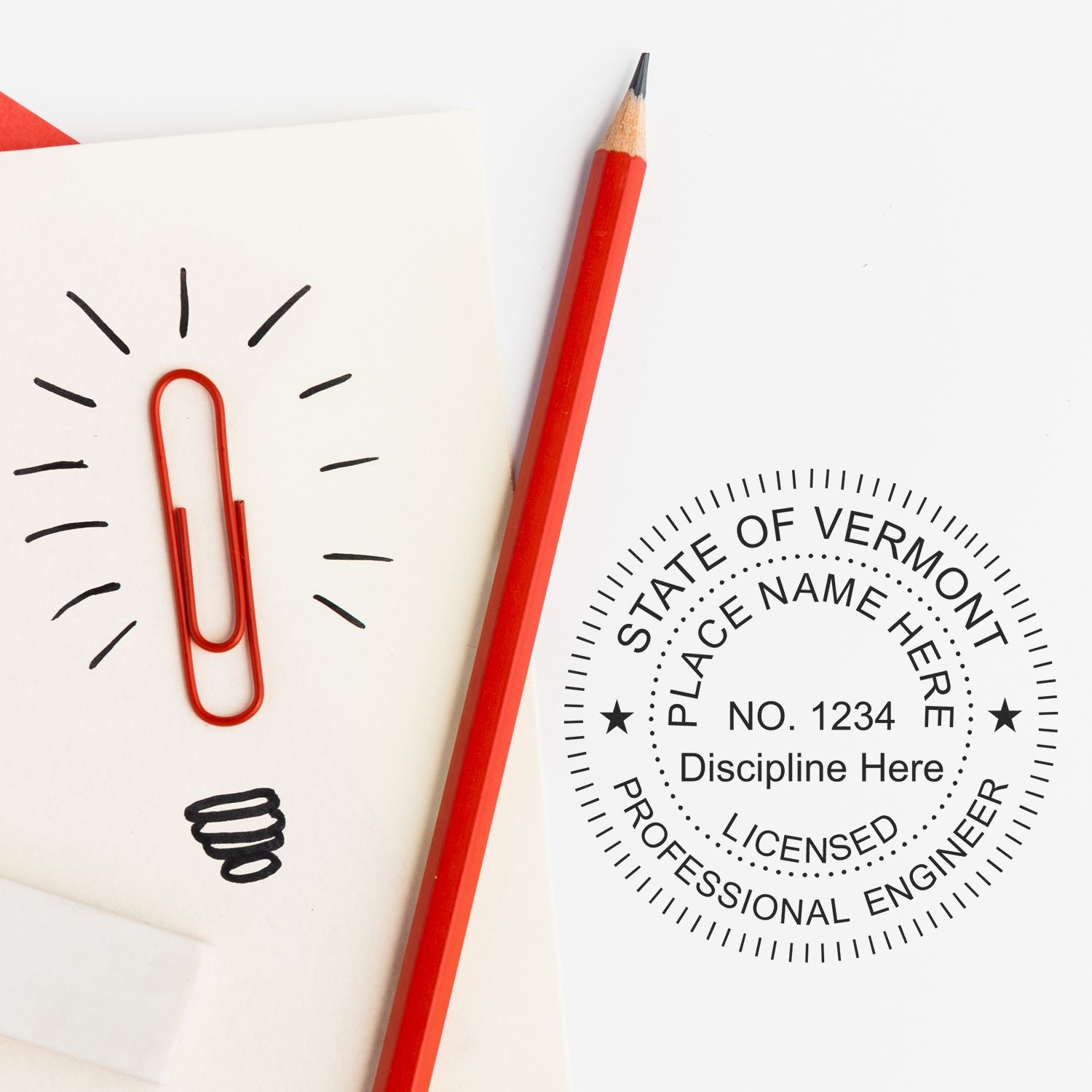 Vermont Professional Engineer Seal Stamp, VT PE Stamp3005ENG-VTSale price$34.95 Regular price$45.00Save 15%
Vermont Professional Engineer Seal Stamp, VT PE Stamp3005ENG-VTSale price$34.95 Regular price$45.00Save 15%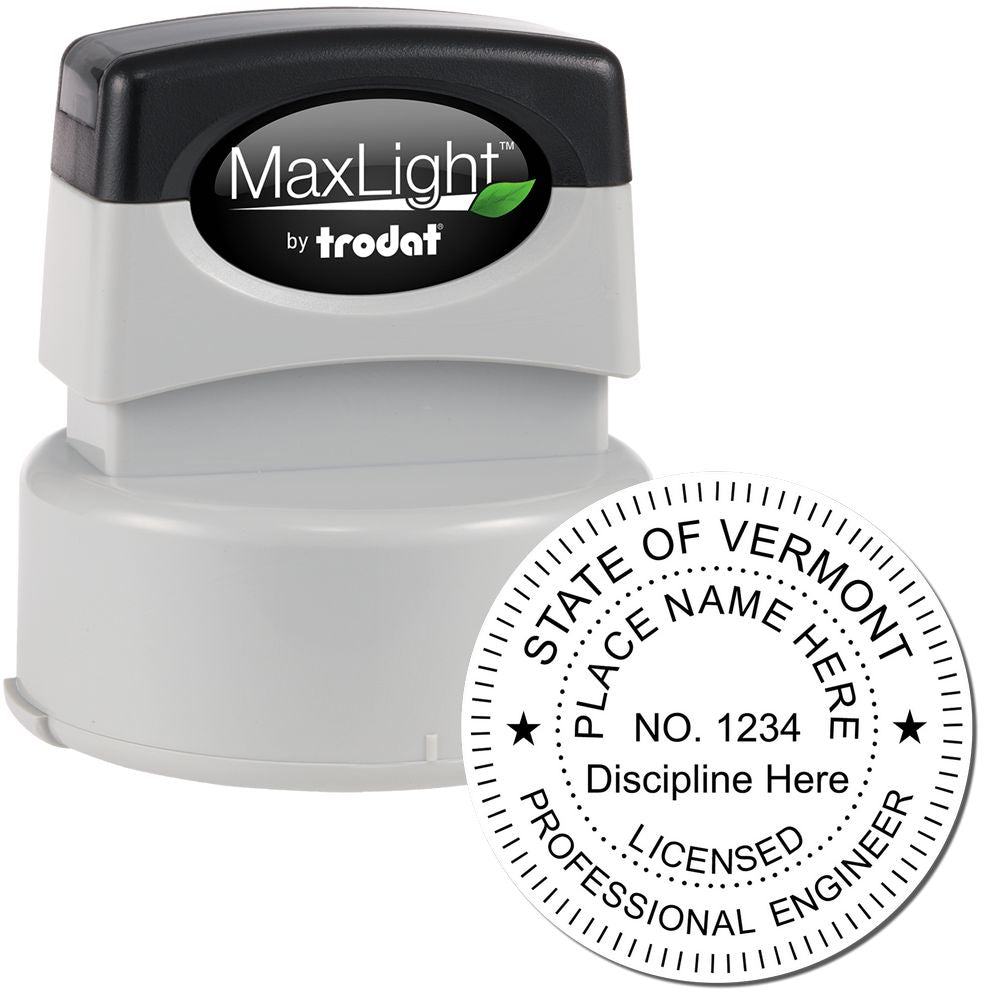
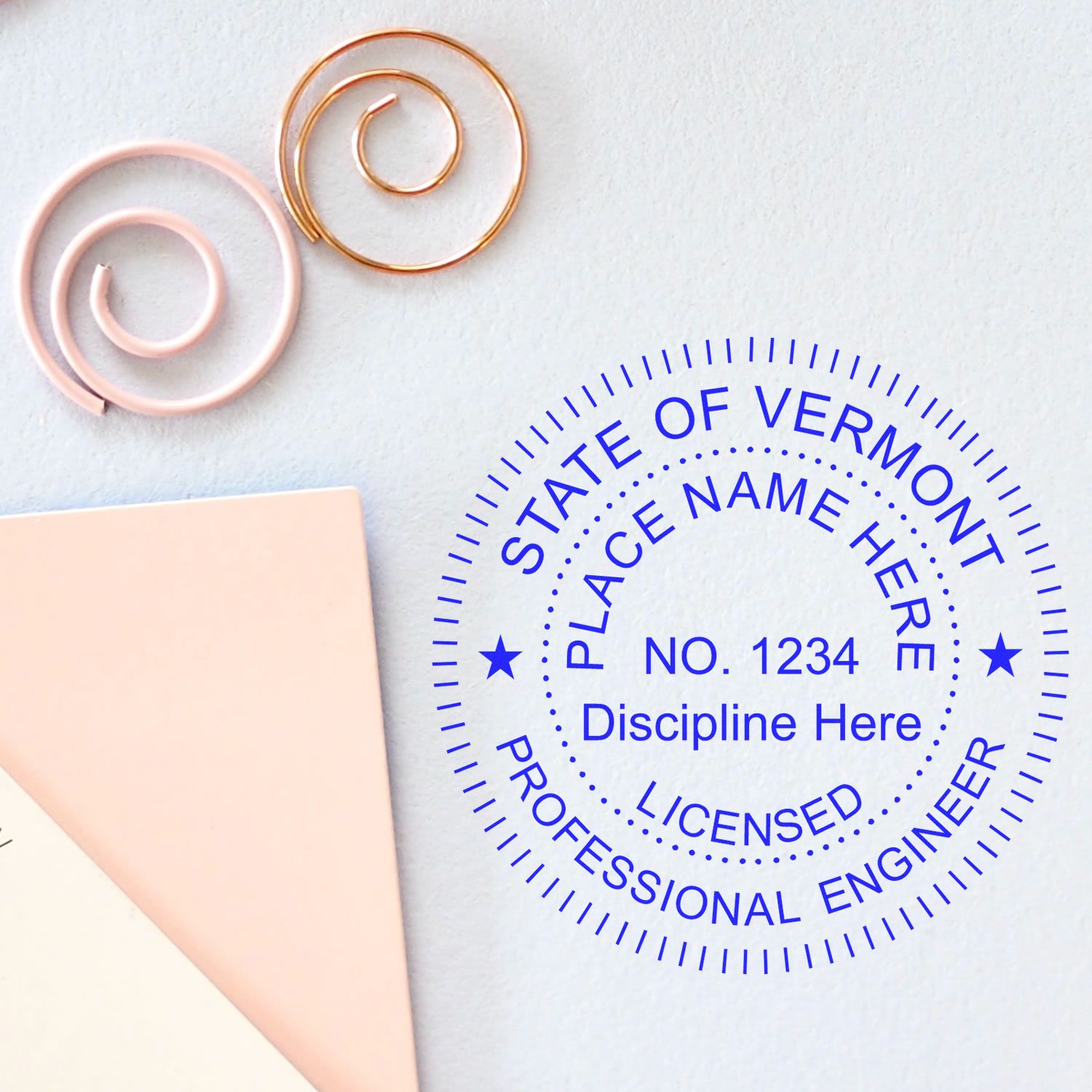 Premium MaxLight Pre-Inked Vermont Engineering Stamp3021ENG-VTSale price$46.95 Regular price$54.95
Premium MaxLight Pre-Inked Vermont Engineering Stamp3021ENG-VTSale price$46.95 Regular price$54.95
Education and Experience Requirements
The Vermont Engineering Board has specific education and experience requirements that applicants must fulfill to obtain a PE stamp. These requirements ensure that individuals have the necessary knowledge and practical experience to practice engineering safely and effectively. The Board may consider the following factors when evaluating an applicant's education and experience:
| Requirement | Description |
|---|---|
| Education | A bachelor's degree in engineering or a related field from an accredited program. |
| Experience | A minimum of four years of progressive engineering experience, with at least one year of experience after obtaining the bachelor's degree. |
| Supervision | Experience must be gained under the supervision of a licensed professional engineer. |
| References | Applicants may be required to provide professional references who can verify their experience and competence in the field. |
Applicants should refer to the Vermont Engineering Board for the most up-to-date and detailed information regarding education and experience requirements.
Examination Process for PE Licensure
In addition to meeting the education and experience requirements, individuals seeking a PE stamp in Vermont must also pass the Professional Engineer examination. The examination tests the applicant's knowledge and competency in their chosen field of engineering. The exam is administered by the National Council of Examiners for Engineering and Surveying (NCEES).
The NCEES exam consists of two components: the Fundamentals of Engineering (FE) exam and the Principles and Practice of Engineering (PE) exam. The FE exam is the first step and must be passed before proceeding to the PE exam.
Once an individual passes both the FE and PE exams, they can apply for licensure from the Vermont Engineering Board. Successful completion of the exams and fulfillment of all other requirements will enable the individual to obtain a PE stamp and practice engineering in Vermont.
Understanding the requirements for obtaining a PE stamp in Vermont is essential for individuals pursuing a career in engineering. By meeting the education and experience criteria and successfully passing the required exams, aspiring engineers can obtain their PE stamp and demonstrate their expertise in the field. For more information on the Vermont Engineering Board and the PE stamp process, please refer to their official website.
Vermont Engineer Seal
When it comes to engineering in Vermont, obtaining the Vermont Engineer Seal is an essential aspect of professional practice. The seal represents the official recognition of an engineer's qualifications and signifies their compliance with the regulations set by the Vermont Engineering Board. In this section, we will explore the importance of the Vermont Engineer Seal, guidelines for its usage, and the renewal and continuing education requirements associated with it.
Importance of the Vermont Engineer Seal
The Vermont Engineer Seal holds significant importance in the field of engineering. It serves as a visual symbol that indicates an engineer's professional authority and adherence to the standards set by the Vermont Engineering Board. The seal is affixed to engineering documents, such as plans, drawings, and reports, to signify that they have been prepared or approved by a licensed professional engineer (PE) in Vermont.
By affixing the Vermont Engineer Seal to their documents, engineers demonstrate their accountability for the accuracy and quality of their work. It provides assurance to clients, regulators, and the public that the engineering services provided meet the necessary standards and comply with the applicable codes and regulations. Moreover, the seal helps to establish trust and credibility in the engineering profession.
Guidelines for Using the Vermont Engineer Seal
To ensure the proper use of the Vermont Engineer Seal, engineers must adhere to specific guidelines outlined by the Vermont Engineering Board. These guidelines typically include requirements regarding the size, placement, and legibility of the seal on engineering documents. It is crucial for engineers to familiarize themselves with these guidelines and follow them accurately to maintain compliance. For more detailed information on using the Vermont Engineer Seal, refer to our article on vermont engineering seal.
Renewal and Continuing Education Requirements
Once an engineer obtains the Vermont Engineer Seal, it is important to note that it is not a one-time achievement. To maintain an active engineering license and the ability to use the seal, engineers must comply with renewal requirements and participate in continuing education activities.
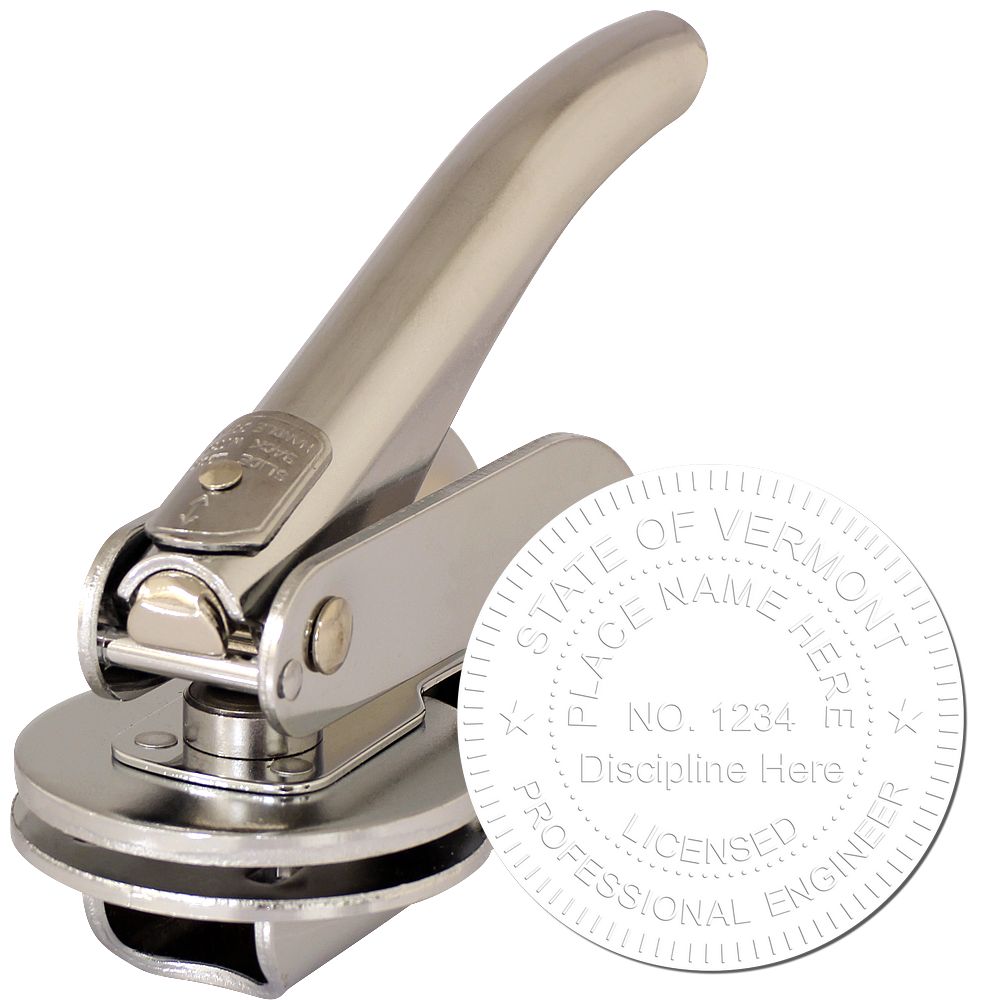
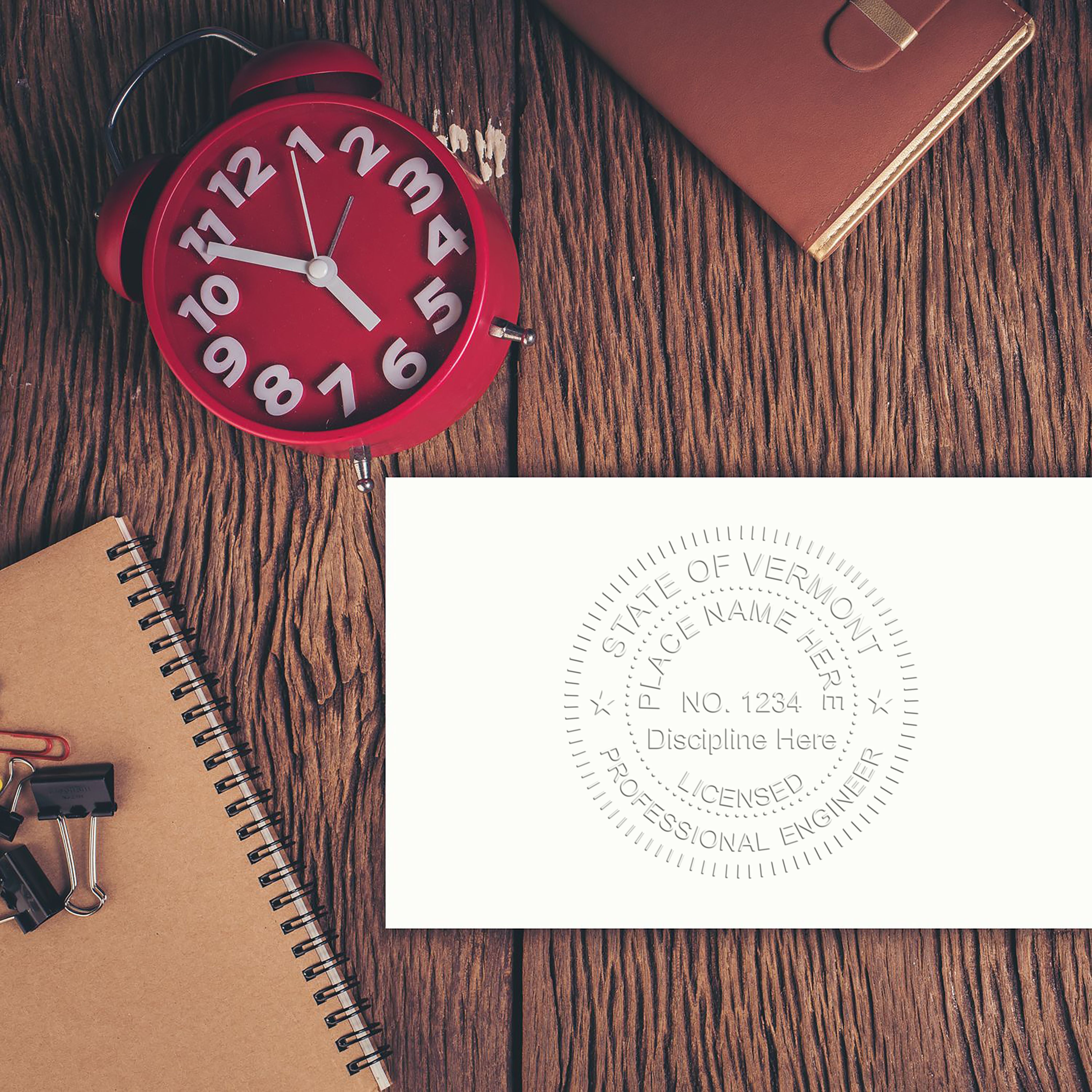
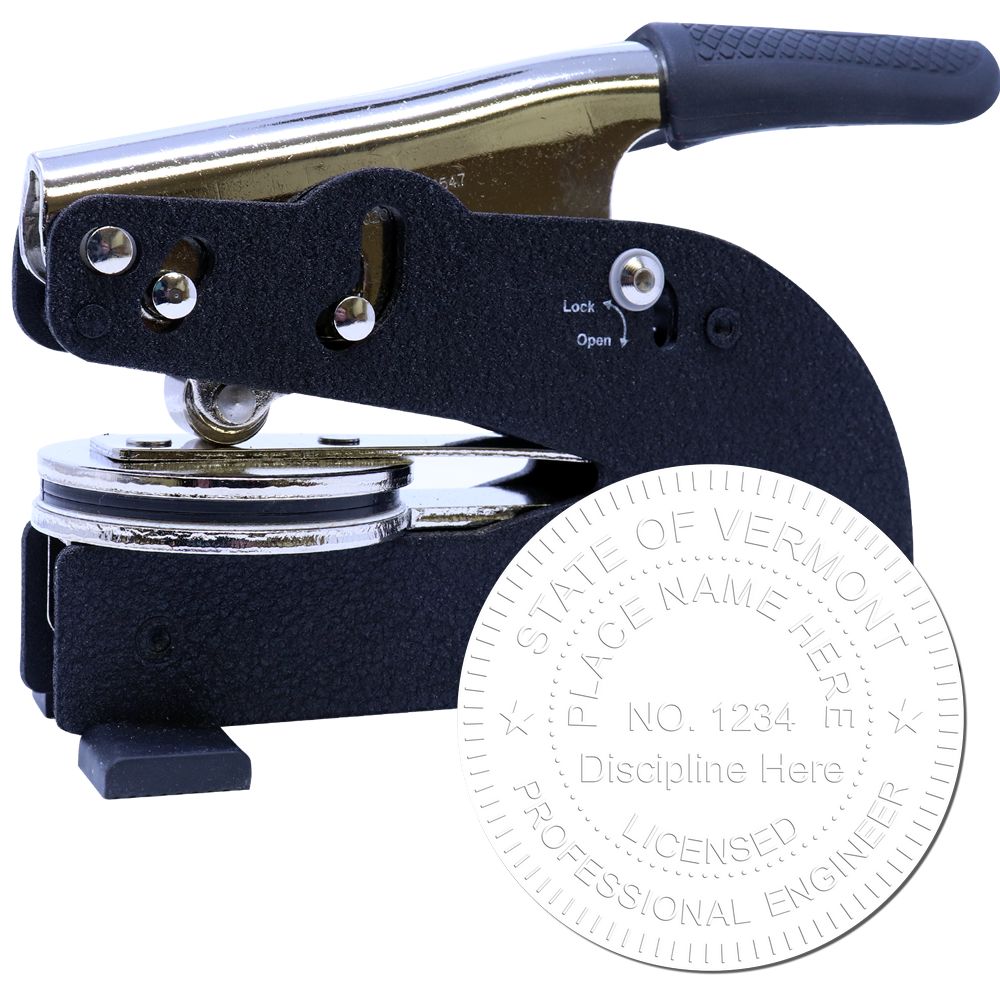
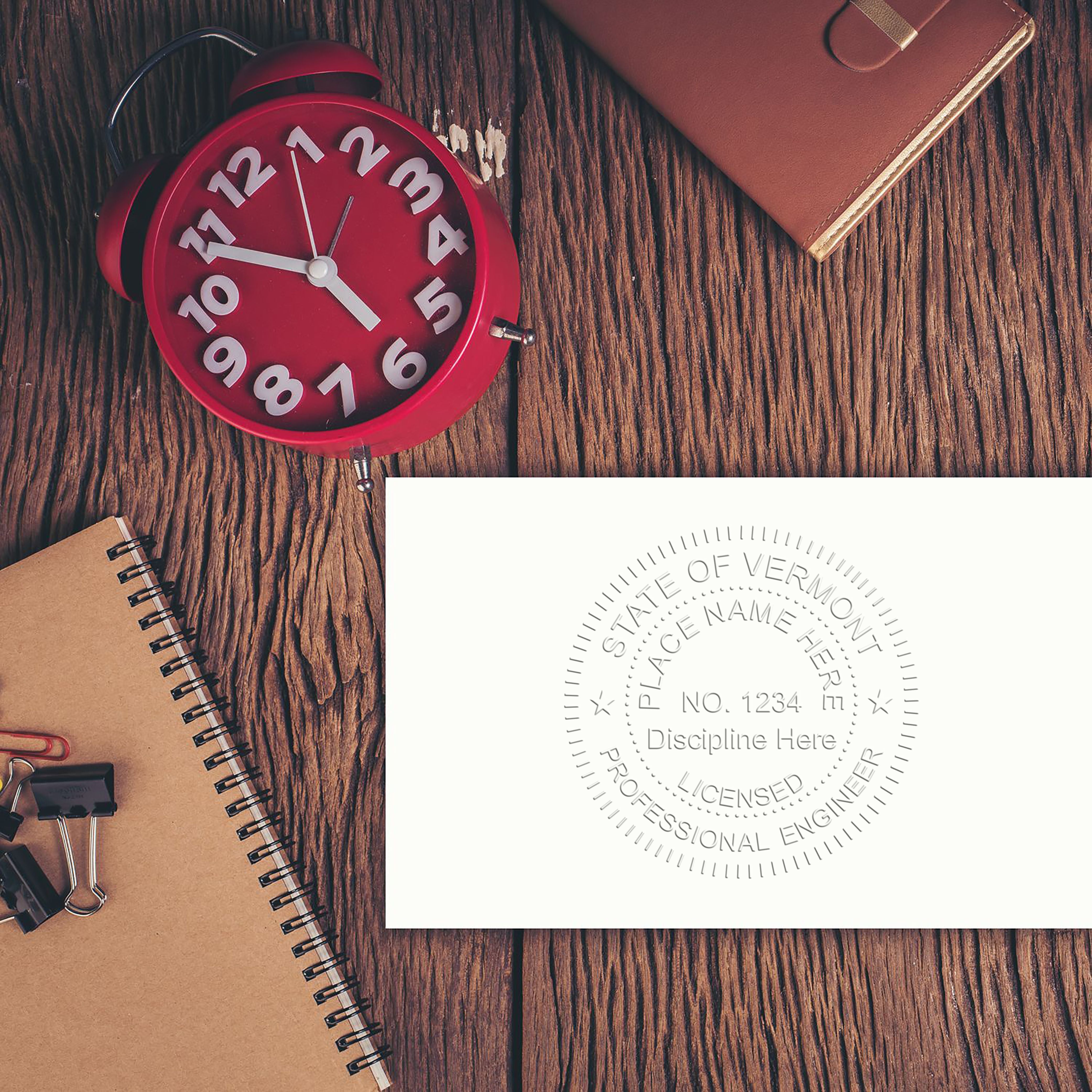
The Vermont Engineering Board typically requires engineers to renew their licenses every two years. During the renewal process, engineers must provide evidence of completing a certain number of continuing education hours to demonstrate their commitment to professional development. These continuing education hours help engineers stay updated with the latest advancements, regulations, and best practices in the field of engineering.
It is crucial for engineers to keep track of their continuing education activities and ensure they meet the specific requirements set by the Vermont Engineering Board. By fulfilling these requirements, engineers can renew their licenses and continue using the Vermont Engineer Seal with confidence. For more information on obtaining a Vermont PE Stamp and the associated requirements, refer to our article on pe stamp vermont.
By understanding the importance of the Vermont Engineer Seal, following the guidelines for its usage, and meeting the renewal and continuing education requirements, engineers can maintain their professional standing and contribute to the engineering field in Vermont.
Navigating the Vermont Engineering Board Website
To ensure a smooth process when dealing with the Vermont Engineering Board, it's essential to familiarize yourself with their website. The website serves as a valuable resource for engineers seeking information on various topics related to licensure and professional practice. In this section, we will explore how to access the Vermont Engineering Board website, the helpful resources it provides, and how to contact the board for any further assistance.
Accessing the Vermont Engineering Board Website
To access the Vermont Engineering Board website, simply visit their official website at Vermont Engineering Board. The website is designed to be user-friendly and provides easy navigation to different sections and resources.
Once on the website, you can find valuable information about the board's mission, vision, and the services they offer. It is recommended to explore the various sections of the website to gain a comprehensive understanding of the Vermont Engineering Board and its functions.
Helpful Resources and FAQs
The Vermont Engineering Board website offers a wealth of resources to assist engineers in understanding the requirements and regulations related to engineering practice in Vermont. These resources include:
- Application Forms: Downloadable forms required for licensure applications, renewals, and other processes.
- Laws and Rules: Access to the statutes and administrative rules that govern engineering practice in Vermont.
- FAQs: Frequently Asked Questions section, which addresses common queries and provides clarification on licensure, examination, and other related topics.
- Publications and Newsletters: Valuable publications and newsletters that provide updates on engineering regulations, board decisions, and industry news.
These resources are essential for individuals seeking to obtain a Vermont PE stamp or Vermont engineer seal. It is recommended to review the information thoroughly to ensure compliance with the regulations. For more information on the Vermont engineer seal, you can visit our article on the Vermont engineering seal.
Contacting the Vermont Engineering Board
In case you have any specific queries or require further assistance, it is advisable to contact the Vermont Engineering Board directly. The website provides contact details, including phone numbers and email addresses, through which you can reach out to the board.
When contacting the board, it is important to provide clear and concise information about your query or concern. This will enable the board representatives to provide accurate and timely guidance. For more information on the Vermont engineering license and professional engineering in Vermont, you can read our article on professional engineer Vermont.
By navigating the Vermont Engineering Board website, utilizing the available resources, and contacting the board when needed, you can ensure a comprehensive understanding of the licensure process and stay up to date with the latest engineering regulations in Vermont.
Additional Considerations
In addition to understanding the requirements and responsibilities of the Vermont Engineering Board, there are several additional considerations that engineers should be aware of. These include reciprocity and comity for out-of-state engineers, the availability of professional organizations for Vermont engineers, and the importance of staying updated with engineering regulations.
Reciprocity and Comity for Out-of-State Engineers
For engineers who are licensed in another state and wish to work in Vermont, the Vermont Engineering Board offers reciprocity and comity options. Reciprocity allows engineers from other states to obtain a Vermont Professional Engineer (PE) license without having to retake the examination. Comity, on the other hand, allows engineers from other states to obtain a Vermont PE license based on an evaluation of their education, experience, and examination results.
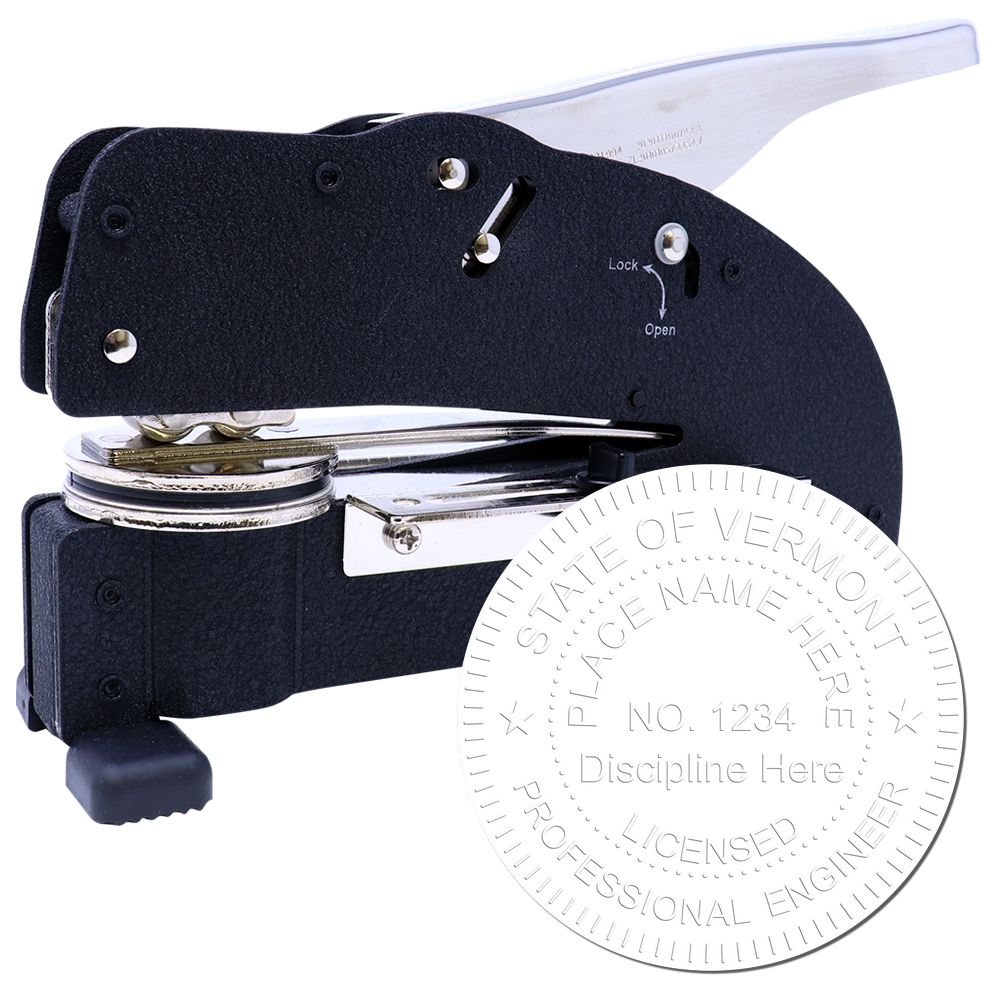
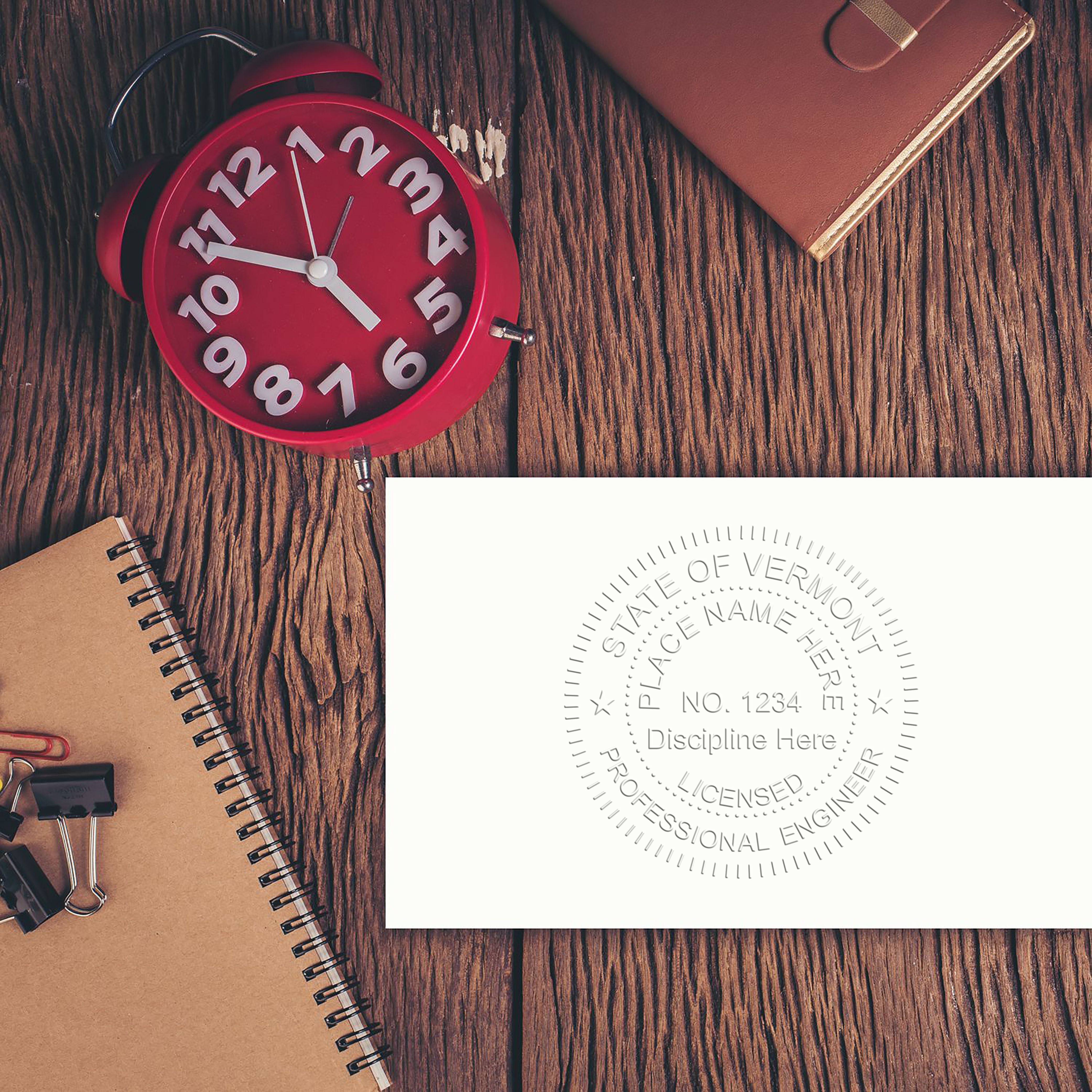
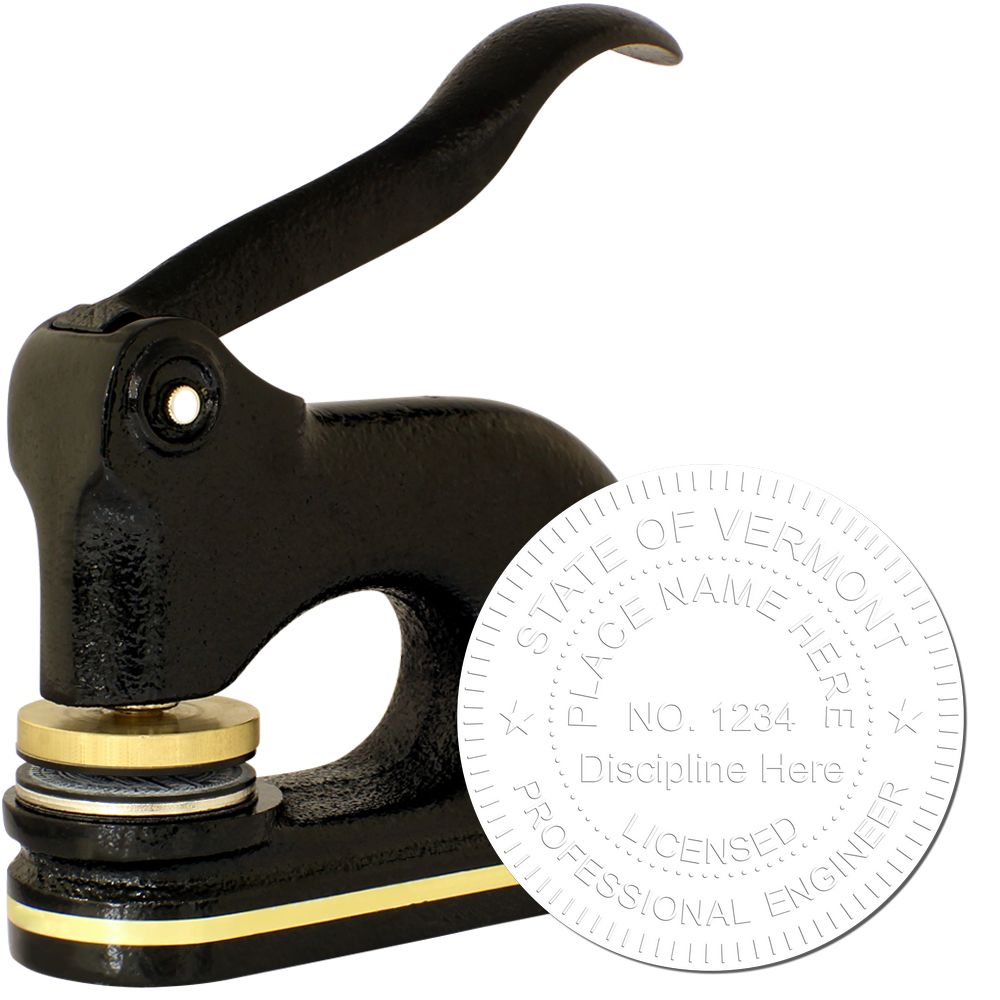
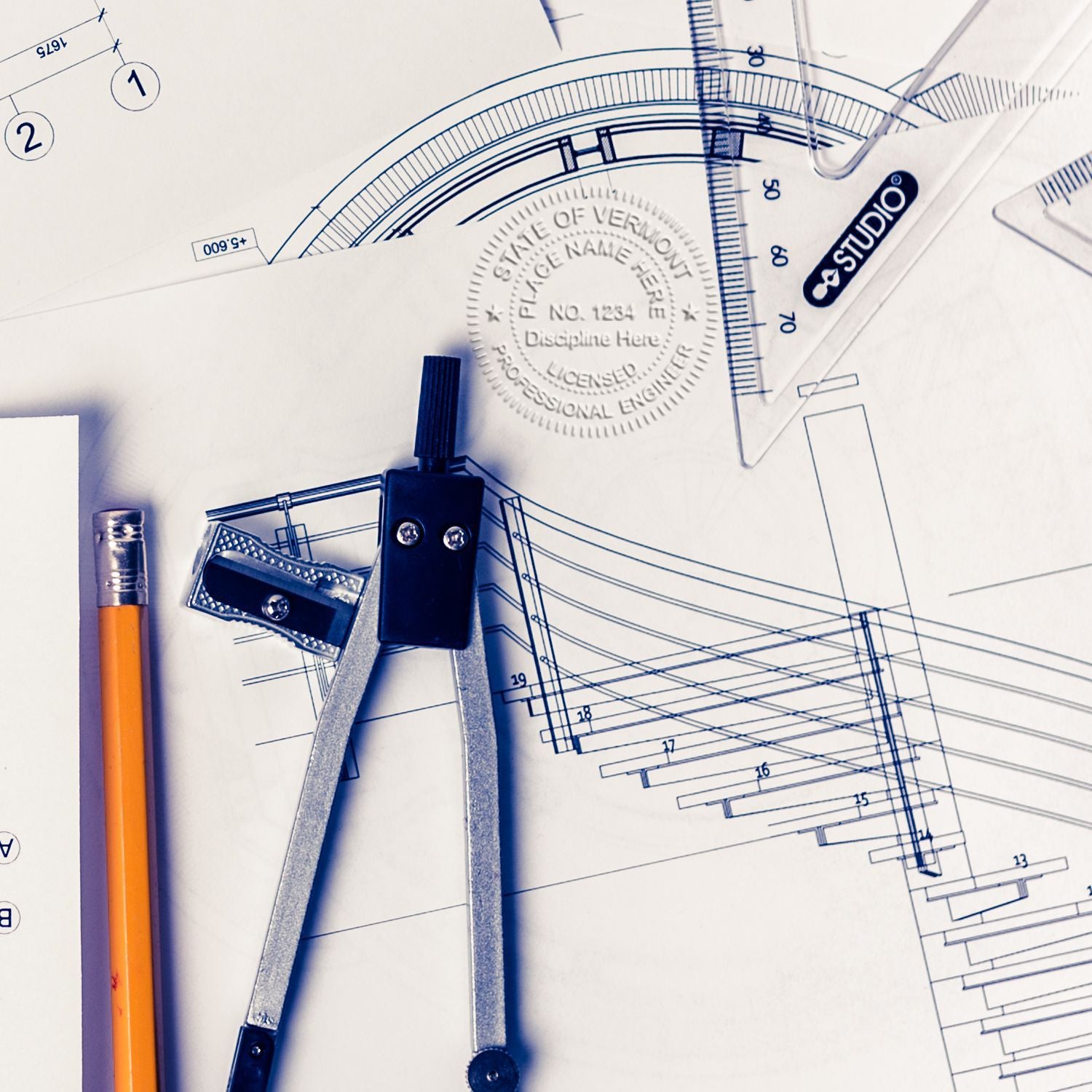
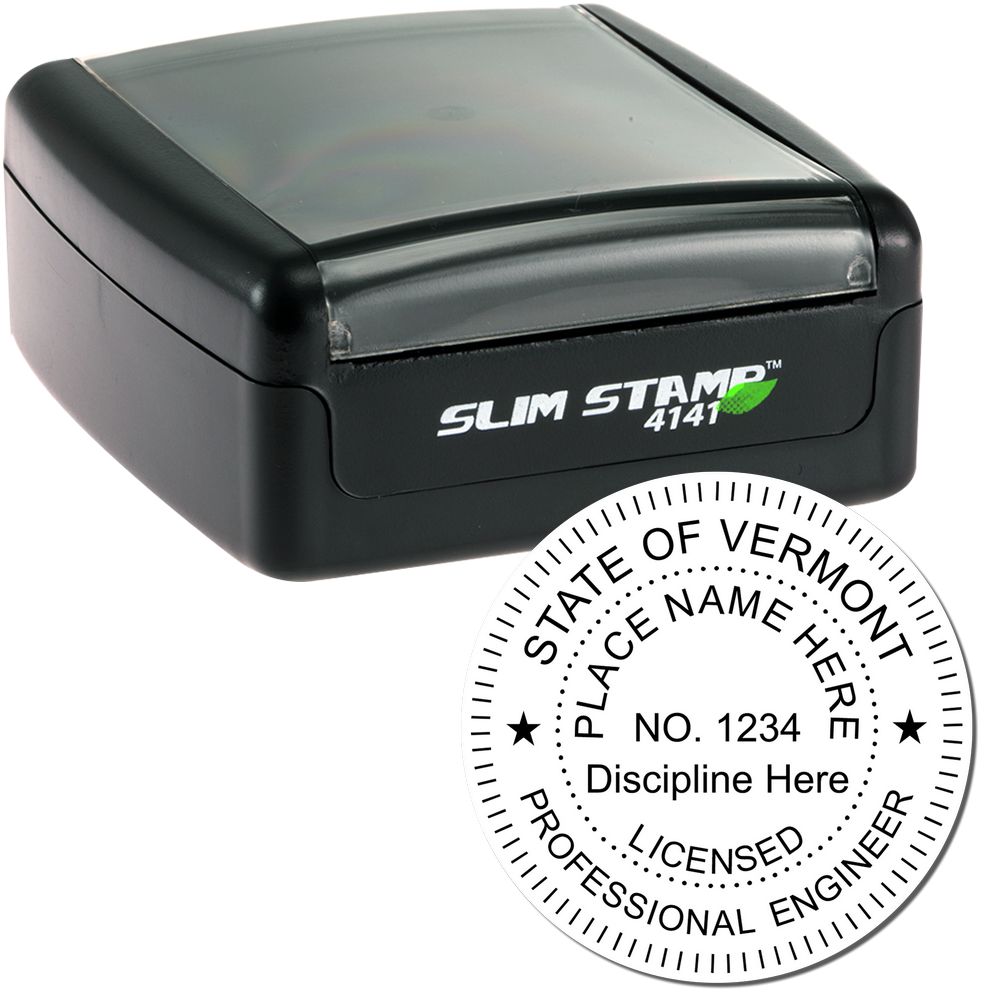
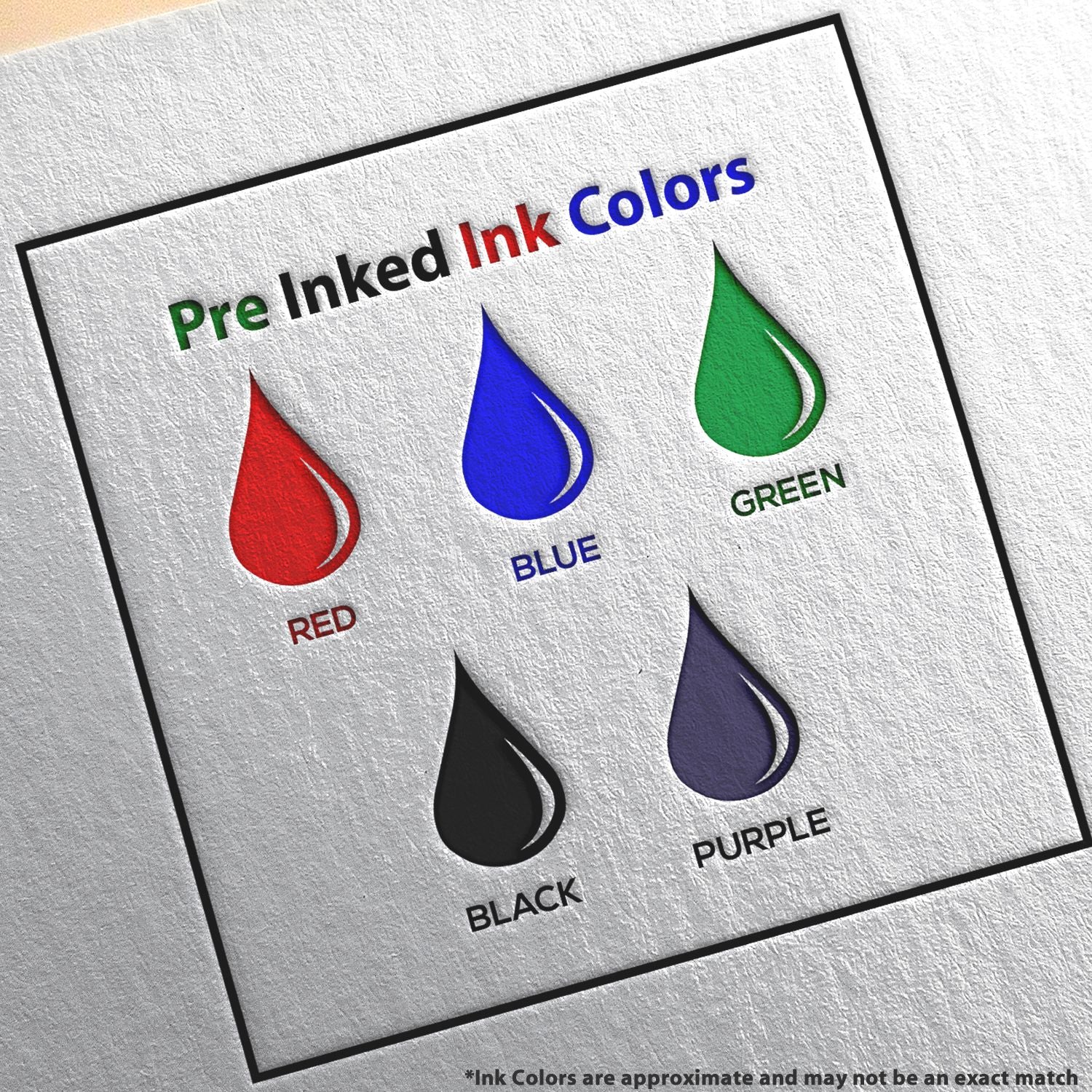
To explore the specific requirements and procedures for obtaining a Vermont PE license through reciprocity or comity, it is advisable to refer to the Vermont Engineering Board website or consult with the board directly. Understanding the options available can help streamline the licensing process for out-of-state engineers who wish to practice in Vermont.
Professional Organizations for Vermont Engineers
Joining professional organizations can be highly beneficial for engineers in Vermont. These organizations provide opportunities for networking, professional development, and staying updated with the latest advancements in the field. Some popular professional organizations for Vermont engineers include the Vermont Society of Professional Engineers (VSPE) and the National Society of Professional Engineers (NSPE).
By becoming a member of these organizations, engineers can gain access to valuable resources, conferences, and workshops that can enhance their knowledge and skills. Additionally, professional organizations often advocate for the interests of engineers and help create a supportive community within the field.
Staying Updated with Engineering Regulations
As an engineer in Vermont, it is crucial to stay updated with engineering regulations to ensure compliance and maintain professional standards. The Vermont Engineering Board periodically updates its regulations to align with industry advancements and best practices. It is essential for engineers to regularly review these regulations to remain informed about any changes that may impact their work.
In addition to the Vermont Engineering Board website, engineers can also refer to industry publications, online forums, and professional organizations for updates on engineering regulations. Staying informed about changes in regulations will help engineers maintain their licensure and ensure that their work meets the required standards.
By considering these additional aspects, engineers can navigate the regulatory landscape more effectively, stay connected with professional networks, and ensure compliance with engineering standards in Vermont.
About ESS
At Engineer Seal Stamps, or ESS, we intertwine craftsmanship with commitment. As esteemed makers of custom rubber stamps, professional seals, and notary stamps, we pride ourselves on delivering products that stand as a testament to our dedication to quality. But our distinction lies in our approach to service: our unwavering commitment to stellar customer service ensures that every interaction, every detail, and every product is meticulously handled with you in mind. Furthermore, we confidently stand behind our products, offering a state board guarantee on our entire range. With ESS, you're not just making a purchase; you're investing in reliability, precision, and a legacy of unparalleled service.

